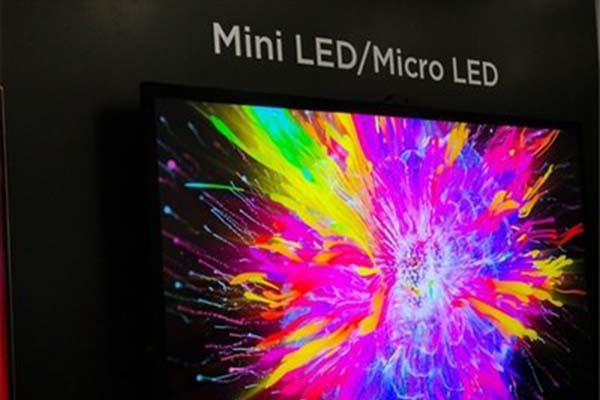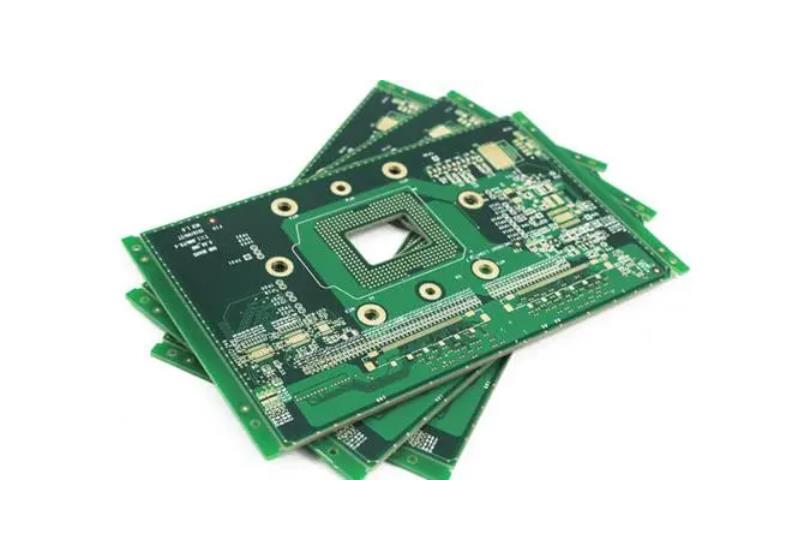In the dynamic world of LED display screens, selecting the appropriate model and size for indoor applications can be a daunting task, especially for clients seeking quotes from manufacturers. It’s not uncommon for customers to be unsure about which model suits their needs or how to determine the ideal size (length and height). In collaboration with Used LED wall supplier-iamledwall.com, let’s explore the factors to consider when making these crucial decisions.
Why you need Know Pixel Pitch?
Pixel pitch refers to the distance between the center of one pixel to the center of an adjacent pixel on an LED display screen. It is typically measured in millimeters (mm). The pixel pitch is a crucial factor in determining the resolution and clarity of an LED display.
A smaller pixel pitch indicates that the pixels are closer together, resulting in higher pixel density and, generally, better image quality. This is important, especially when considering displays that will be viewed from a relatively short distance, such as indoor LED displays or large screens in auditoriums and conference rooms.
Conversely, a larger pixel pitch means that the pixels are spaced farther apart. While this may be acceptable for outdoor displays or situations where the viewer is at a greater distance, it can result in a lower resolution and reduced image quality when viewed up close.
When choosing an LED display, it’s essential to consider the intended viewing distance and the desired image quality. Different applications may require different pixel pitches to achieve the optimal balance between image clarity and cost-effectiveness. In general, for applications where the viewer is closer to the screen, a smaller pixel pitch is recommended for a sharper and more detailed image.
Choosing the Right Indoor LED Display Screen Model
When it comes to choosing the right model, it’s essential to strike a balance between screen area and pixel pitch. IAMLEDWALL recommends against using large pixel pitches for small screens, but for larger screens, smaller pixel pitches can be employed, albeit at a higher cost. For example, for a screen area around 10 square meters, opting for P3.9 or P4.8 is advisable, while larger areas exceeding 50 square meters can accommodate P3, P3.9, P4.8, or P6.25. If budget allows, P3.9 offers exceptional clarity, but P4.8 and above models are more cost-effective for larger displays.
Calculating Indoor LED Display Screen Size
Indoor LED display screens are composed of multiple LED cabinets, which, in turn, consist of gold or copper wire LED dislplay module units. The dimensions of the cabinets must be integer multiples of the module unit dimensions. Let’s consider the example of IAMLEDWALL’s indoor P3 full-color LED display screen with a module size of 240mm x 240mm and a cabinet size of 240mm x 240mm.
Suppose a client, intending to use customized P3 full-color LED display screen in a hotel banquet hall, requests a size of 5 meters in length and 3 meters in width, totaling 15 square meters. The calculation involves determining the number of cabinets needed for both length and width:
Cabinets required for length: 5 ÷ 0.48 = 10.42
Cabinets required for width: 3 ÷ 0.48 = 6.25
To ensure practicality, the number of cabinets is rounded to the nearest whole number. Therefore, the actual size of the LED display screen for the hotel banquet hall would be 10 cabinets in length and 6 cabinets in width.
Actual length: 10 × 0.48 = 4.8 meters
Actual width: 6 × 0.48 = 2.88 meters
Actual area: 4.8 × 2.88 = 13.824 square meters
The calculation reveals a slight discrepancy between the requested size (5 meters in length and 3 meters in width) and the actual size (4.8 meters in length and 2.88 meters in width), ensuring reliable results.
It’s important to note that cabinets typically range from 0.5 square meters to 1.5 square meters. Larger cabinets can be cumbersome for installation, transportation, and movement, while smaller ones may increase production and purchasing costs. Striking a balance is key.
Conclusion
In conclusion, the process of selecting the right model and size for indoor LED display screens involves careful consideration of the screen area, pixel pitch, and practical aspects such as cabinet size. IAMLEDWALL’s recommendations emphasize a balanced approach to ensure optimal performance within budget constraints.
For further inquiries about indoor LED display screens or related products and pricing, feel free to consult IAMLEDWALL.

